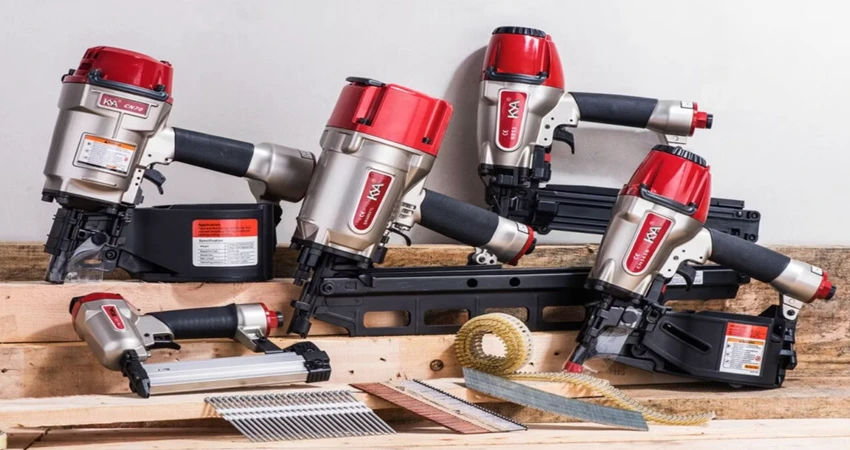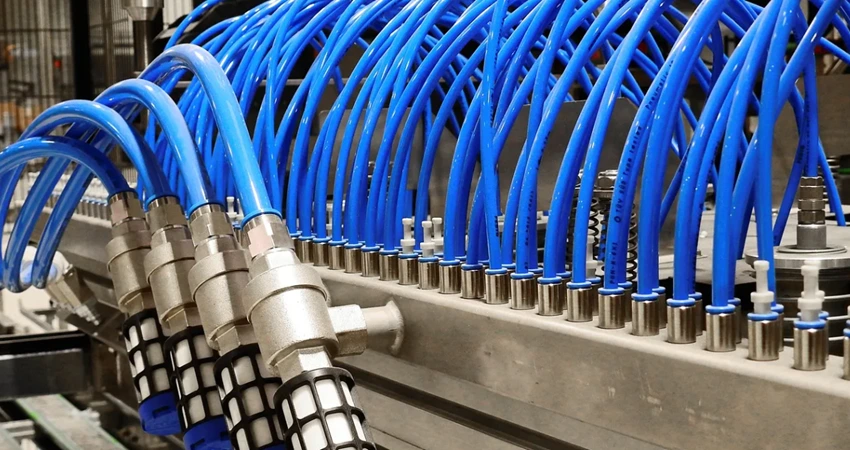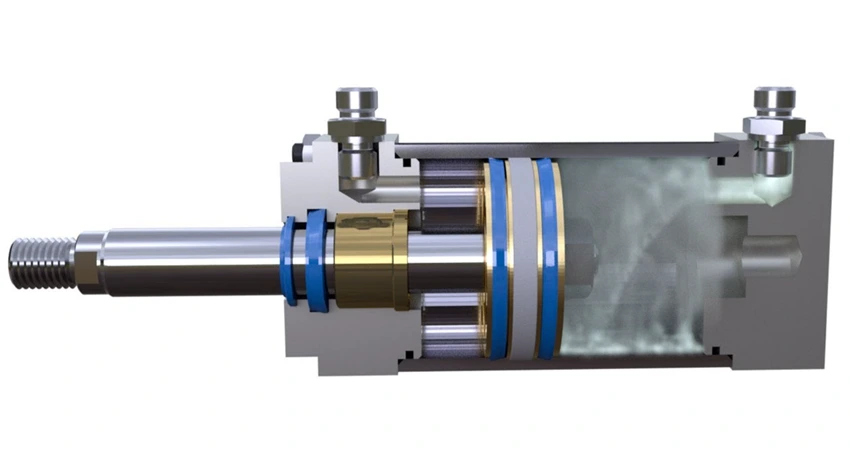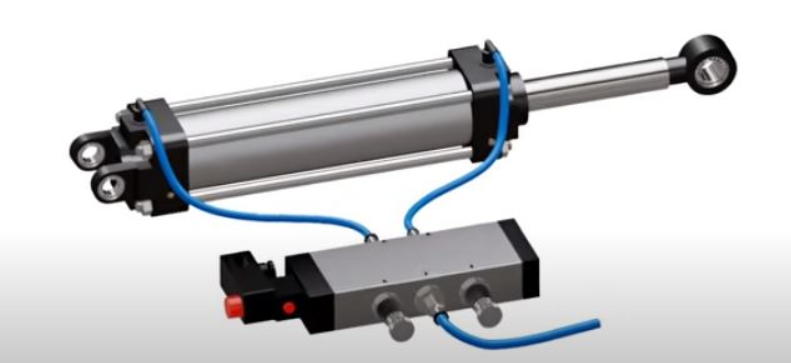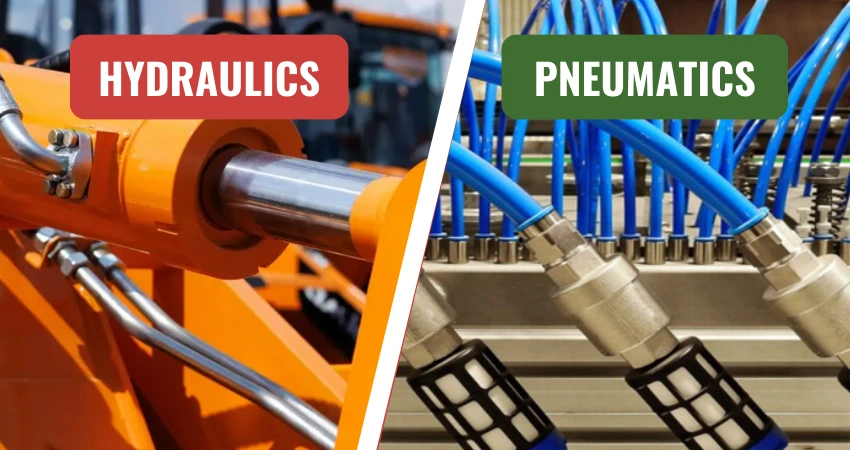A pneumatic framing nailer is designed to drive nails into wood. This powerful tool uses compressed air to activate a piston that pushes the nail into the surface. A pneumatic framing nailer or gun is widely used in construction, carpentry, and DIY projects. This automatic nail-driving machine simplifies the heavy-duty tasks of driving nails with optimal efficiency and minimal effort.
Let’s see how does this nailer gun work;
Pneumatic Framing Nailer
Pneumatic refers to powered by pressurized air. Generally, a pneumatic nail gun is linked to a separate air compressor to supply constant compressed air to deliver the driving force for each fastener.
When we separate a pneumatic nailer with a skill saw, we will see a sliding piston installed in a cylindrical housing. The upper side of the piston has a head valve, and below it is a long driving blade known as the driver, which functions like a hammer. The driver’s end hits the nail’s head. Compressed air flows through air chambers and valves, quickly moving the piston up and down.
How Does Pneumatic Framing Nailer Work?
-
Resting Mechanism
The high-pressure air from the compressor moves directly into the air container below the head valve and then through the trigger valve channel above it. It sets equal air pressure on the above and below sides of the valve. However, the head valve has a spring that pushes it down, maintaining extra pressure above it to keep the valve sealed until the trigger is released.
-
Forcing Stroke
Compressed air is released from above the head valve after activating the trigger valve. The higher pressure below the head valve pushes it upward, allowing air to flow into the cylinder, while air from the primary container moves above the piston driver, forcing it downward.
-
Power Stroke
The compressed air pushes the piston downward, forcing the fastener into the material. Simultaneously, the air in the cylinder from the downward movement flows through holes into a return chamber, where pressure accumulates.
-
Returning
After releasing the trigger valve, air pressure flows back to the top of the head valve, sealing it again. When the above piston is pressure-free, air from the return chamber moves it back to its starting position and forces any remaining air out through the exhaust port.
When the air pressure above the piston is higher than below, it is pushed down, moving the long blade and driving the nail through the barrel into the material. The same happens when the piston returns; as the pressure below it exceeds that above it, the piston is pushed back to its original position. This process is known as a cycle. Pneumatic nail guns are highly effective for driving large nails into laborious materials. However, they can be inconvenient, requiring a heavy air compressor to operate.
Besides, nailing also involves multiple safety risks without caring whether it’s your first time or your hundredth. Here, we have mentioned some safety tips to help prevent accidents:
Tips to Use Pneumatic Framing Nailer Safely
- Always wear gloves, safety glasses, and a helmet to protect yourself from injuries from flying wood splinters.
- Avoid using your nailer when you are tired or sleepy.
- Disconnect your nailer when it’s not being used, and keep it in a secure place.
- Avoid removing the nailer’s tip to increase your speed.
- Avoid using the nailer if the nails are clogged.
The pneumatic framing nailer is a powerful tool for effectively driving nails into materials using compressed air. Its mechanism relies on pistons, valves, and pressure cycles to create power and drive fasteners with minimal effort. The system’s continuous cycle, powered by precise pressure adjustments, ensures fast, reliable, and consistent operation, making it an essential tool for construction, carpentry, and DIY projects.
